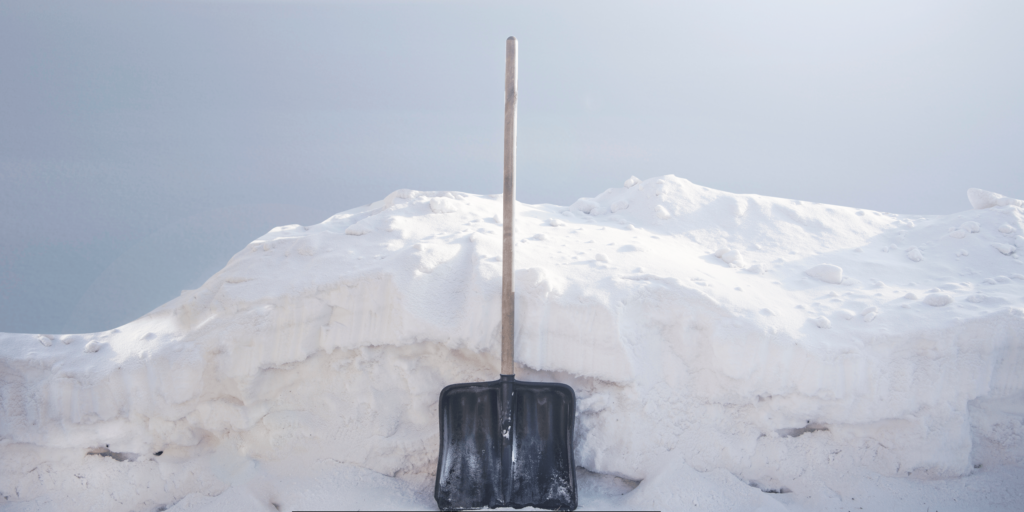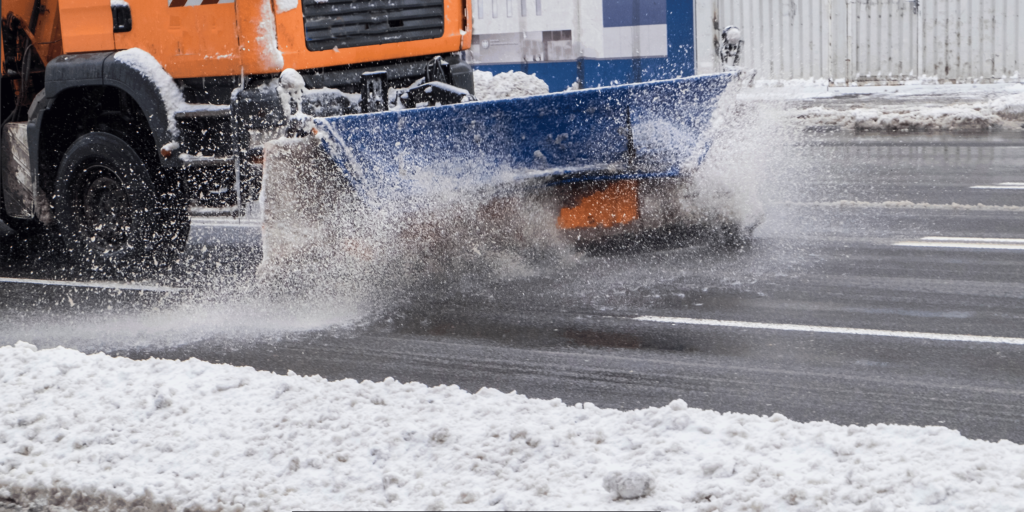Introduction
Wintertime is characterized by snow events, where people find it hard to navigate outside their compounds, mainly when snow accumulates in the driveway or alongside the sidewalk. The process can be made more manageable by identifying the most appropriate tools and strategies for removing accumulated snow. In this article, we are sharing five tips on dealing with snow and thoroughly enjoying this winter.
Shovel the snow as soon as it starts accumulating on the ground.
The tip is to attempt to clear snow as soon as possible instead of waiting for it to accumulate. It is easier to clear fresh and soft powdering snow than packed snow, which has iced over. If the snow is thick and fast during the day, try shoveling it at least every three hours. In general, the thinner the layer of snow on the roof, the easier and quicker it will be to clear it off the roof.

Clearing of areas with heavy snow should be done using a snow blower.
When several inches of snow accumulate, change the tools and start using the snow blower. There are machines commonly referred to as snow blowers powered by gas; these machines are suitable for removing snow from paved surfaces such as driveways or wet and heavy sidewalks. Single-stage and two-stage snow blowers can clear snow and toss it aside instead of shoveling and throwing these mounds of heavy snow. Select a model with sufficient power and width for the zones you intend to operate it.
Some of the measures that can be taken include Using De-Icing Salts and Sand at Early Hours.
Even when snow accumulates on your driveway, steps, and walkways, you can apply de-icing products to prevent packed ice from forming. Types of ice-melting products include rock salt, calcium chloride pellets, and other products that help quickly scrap off the snow and ice. These are most effective when used before the onset of a storm. One could sprinkle a layer of abrasive material, such as sand or birdseed, on the bottom of the dish, which provides the necessary friction. This will also minimize slippage and fall incidences.
Roads may be cleared of snow and ice, but specific rules and regulations must be followed regarding snow plowing.
Many cities and towns have ordinances that do not allow residents to push or throw snow onto public roads and streets. It is also good that you know the snow removal laws that apply to your neighbourhood. Leaving the snow to the other side of the street may be legal, but pushing the snow on the road surfaces so that it forms lumps or ruts when frozen is unlawful. Do not obstruct fire hydrants, mailboxes, etc. Not adhering to the ordinance may lead to fines or other consequences.

Shovelling Tips: How to Protect Your Health
Do not exert much when shovelling since this often places much pressure on the back, shoulder, and heart. Stretch beforehand. Use push instead of lifting the accumulated snow to prevent back strains. We advise wearing boots with proper grip and waterproof gloves to keep our hands warm and dry. It is also important to step away from the task often and ensure you get enough water. Stop exercising immediately in case of pain, chest tightness, or shortness of breath. Recognize the early symptoms of hypothermia, frostbite, and other perils of cold climate. It is equally important to note signs of limited physical capacity to avoid adverse outcomes.
Conclusion
Suppose you can follow the following practical measures. In that case, maintaining your car when the winds are blowing snow will not be a problem. To prevent this, it is advisable to be proactive and use the appropriate equipment to deal with fresh powder or compacted snow. It is also essential to consider municipal ordinances and your welfare. You do not have to be overwhelmed by some of the challenges of the winter season if you prepare adequately for the season’s onset and follow the proper practices in dealing with the snow.